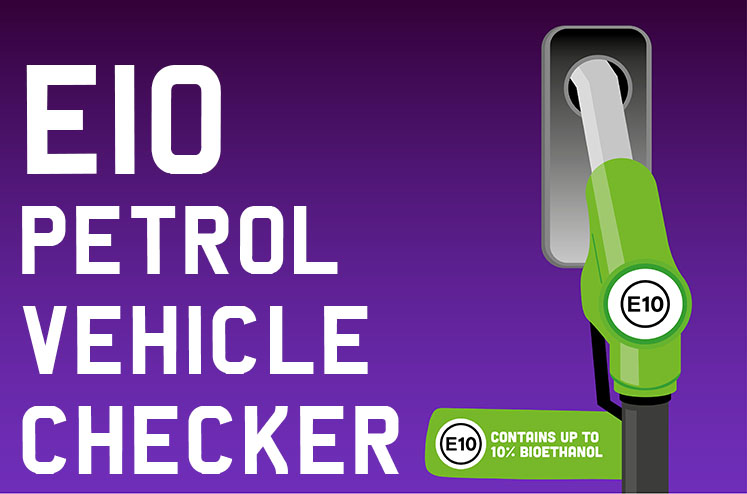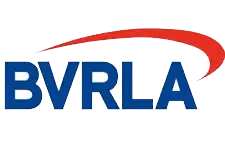
E10 warnings issued to drivers as some mistakes are ‘likely to cause damage’
With the transition to E10 fuel well underway, drivers should be extra cautious when filling up their vehicles. Cars built before 2011 may not be compatible with this type of petrol; choosing incorrect fuelling options can easily result in extensive damages and costly repairs! So be sure that your car is properly equipped for this new grade before setting off on any journeys – avoid future headaches by being informed ahead of time.
With nearly 600,000 older vehicles and classic cars unable to use E10 petrol. According to RAC estimates, around 150K motorists put the wrong fuel in their car annually – so it's important for drivers everywhere to stay alert!
The advantages of E10 over its predecessor, E5 has a much lower atmospheric impact since it's composed of 90% unleaded petrol and 10% ethanol rather than 95/5 like that found in regular gasoline.
Ethanol is a more sustainable energy source as it's produced through the natural fermentation process of renewable crops such as sugarcane and grain. By utilizing this cleaner fuel, it has been estimated that CO2 emissions would be reduced by 750,000 tonnes annually - equivalent to taking up to 350,000 cars off the roads each year!
E10 may offer a greener and cleaner alternative for many vehicles, however incompatible cars could be damaged if motorists don't double-check their car's compatibility beforehand - but luckily there's an easy way to do so! The Government has provided a helpful tool on its website which will allow you to check whether your vehicle is suited for using E10.










